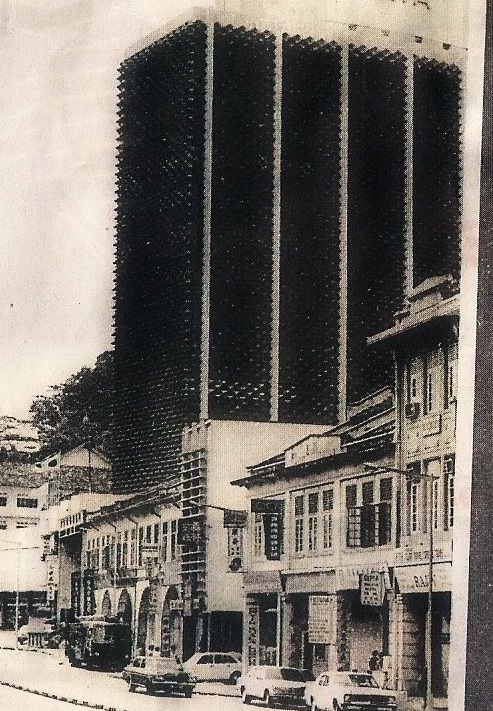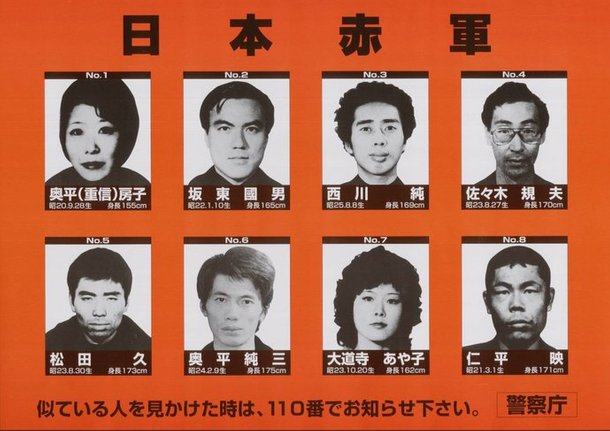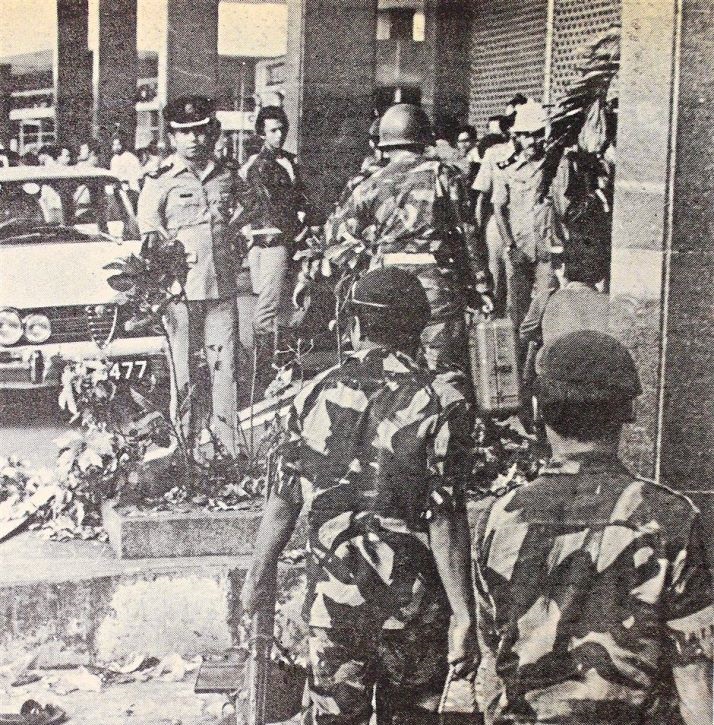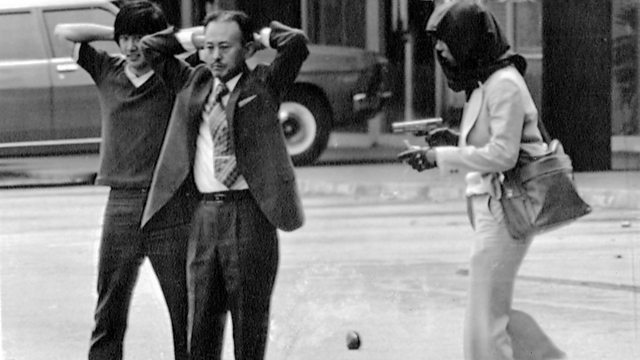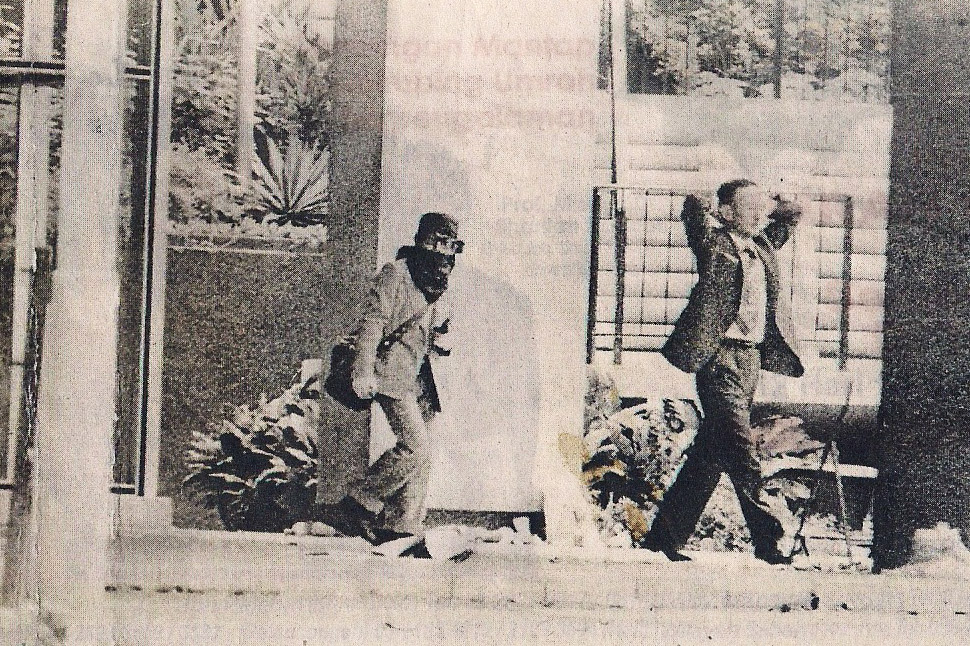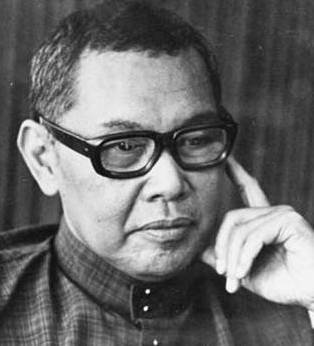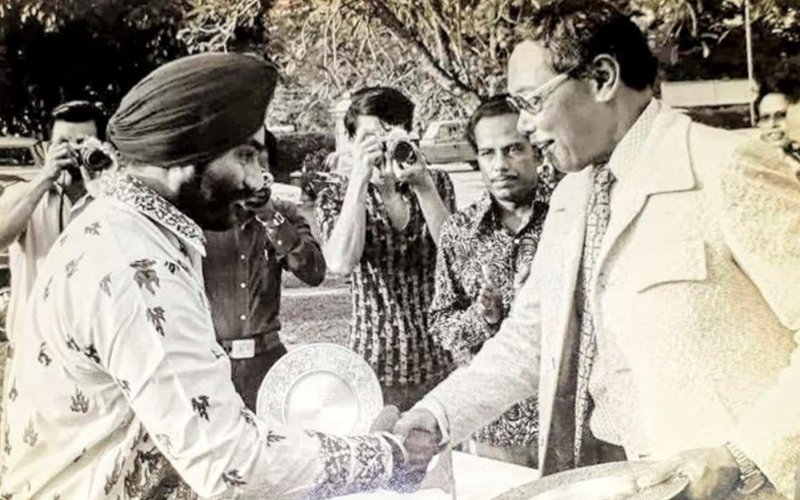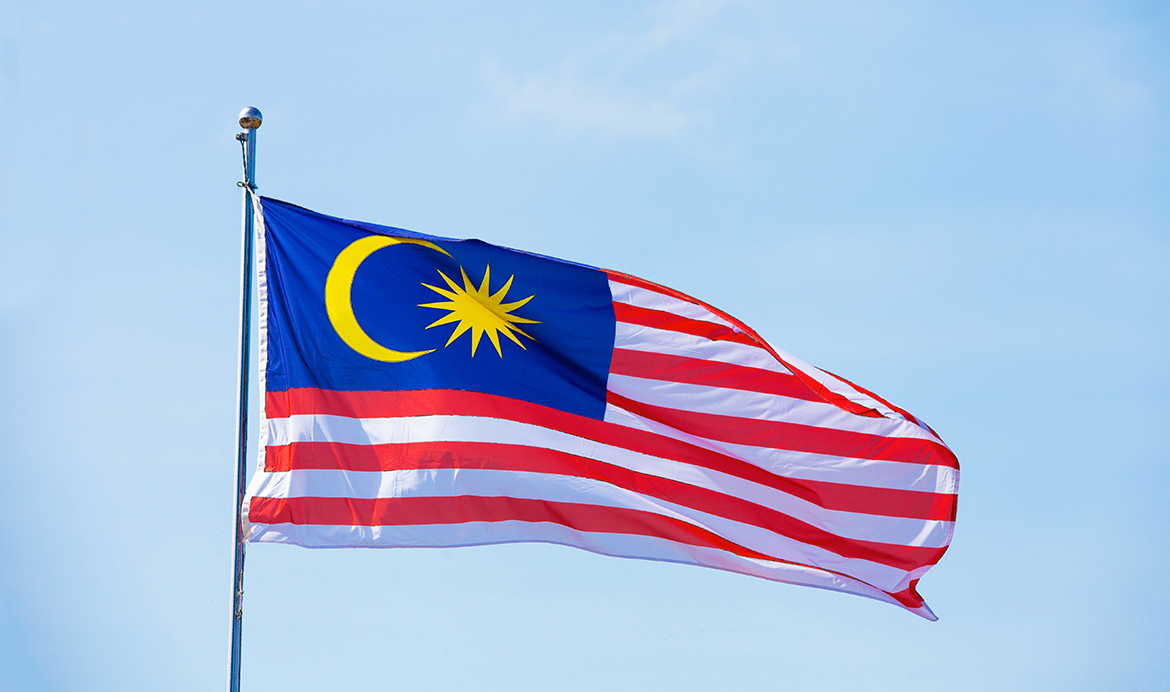"Terror On The 9th Floor" — Remembering The Hostage Situation That Rocked Malaysia
On the 47th anniversary of this unbelievable occurrence, we tip our hats to all the people who kept everyone safe on that fateful day.
Watching thrillers on the screen often just gleam over our conscience as though it is something from a dream.
But one terrorist attack that shook the nation in 1975 would hardly be confused for a make-believe tale.
What was once known as the tallest building in Malaysia, the AIA Building located at Jalan Ampang, was one of the most notable and important structures of the time. Within the assembly lay a plethora of international embassies, including that of Japan, the US, Canada, Sweden, and France. Monumental in every aspect, it was hard to argue against the importance it held for many powerful forces in Malaysia.
At 10.30am on 4 August 1975, five men walked into the building located just several feet down the same street where the Petronas Twin Towers were to eventually be built. They rode the elevator all the way to the ninth floor, which happened to house three crucial envoys at the time: the US embassy, the Swedish embassy, and the AIA insurance office.
Opening fire with (at least) a dozen shots, none of the individuals present at the time could anticipate what the next few days would hold for them.
Alerted of the attack, security guard Sukhdev Singh and his colleague immediately took a lift to confront the situation
Upon reaching the ninth floor, Sukhdev was shot at point blank range through the right eye. "By the time he pulled me up, my whole shirt was red, and blood was just dripping like a fountain," Sukhdev said in an interview for the documentary, KL Under Siege, in 2010.
29 years old at the time, his colleague and fellow police constable, Mahalingam, immediately brought Sukhdev to a clinic located in the building, where he received treatment for his wound.
Sukhdev being led out of the building after sustaining crucial injuries to his eye.
Image via IlluminasiFleeing by the hundreds, the gunshots that echoed throughout the building prompted other individuals to escape by way of the stairwell. Mahalingam headed back into the building to try and disarm the situation, but was shot in the face when attempting to enter the ninth floor through the stairwell. Narrowly escaping death, he managed to bolt away.
After making a clean sweep of the ninth floor, the terrorists ordered the hostages into two separate rooms. In the process, one of the assailants shot at one of the hostages, Bernard Joseph. Luckily, the bullet merely grazed Joseph. By this point, the entire building had been evacuated, and the streets closed off.
Eventually, the gunmen rallied a total of 53 hostages, and threw a note outside the window from the ninth floor, accompanied by gunshots
Within the note, the gunmen revealed themselves to be members of the Japanese terrorist group, Japanese Red Army (JRA).
Aiming to eliminate the Japanese government, overthrow the monarchy, and initiate a worldwide revolution, the organisation carried out multiple acts of terror by the time they stepped into KL. One of those attacks include the Lod Airport massacre in Tel Aviv three years earlier, where 26 people lost their lives.
They demanded for the immediate release of seven JRA members imprisoned in Japan, and for them to be presented immediately in KL. The group further stipulated that if their demands were not met, they would execute every hostage one by one.
As day turned to night, members of the Malaysian government worried about a potential blood bath as they waited for word from the Japanese authorities
Getting impatient while waiting for their demands, the terrorists fired shots at the ground from the ninth floor, one of which struck police constable, Ku Ahmad, making him the fourth person shot in the attack.
At 9am on 5 August, the Japanese government agreed to releasing the seven JRA prisoners. In the end, only five of the seven agreed to go. The five were sent via a Japanese Airline, DC-8, and officially reached KL at the Subang Airport at 7.45pm the same day. They remained on the airport grounds while Malaysian officials continued to negotiate with the captors for further details.
Later that night at 1.10am on 6 August, the hostage takers relented, releasing nine of the 53 held captive.
Police guards and soldiers gathered outside the building in contemplation of their next step.
Image via IlluminasiEager to make their next move and leave at once, the terrorists came up with a quick plan to make a dash for the airport.
At 10.15am on 6 August, the terrorists grabbed 15 hostages and tried to exit the building. Arming themselves, each terrorist had hand grenades strapped to their arms to ensure no surprises would take place as they tried to exit the building. Emerging in formation, the hostage takers and selected victims boarded a bus to Subang Airport.
Upon their arrival, the terrorists boarded the DC-8 and agreed to release the 15 hostages — in exchange for the five prisoners and a couple of Malaysian officials
Remaining in the plane, the next couple of days saw continuous issues spring up when attempting to comply with the orders requested by the JRA members — hesitation by the Japanese pilot to fly the DC-8 for the JRA members, issues convincing a country that would accept the arrival of the terrorists to their nation (as at that point, no country wanted to provide the terrorists refuge), and refusal by many countries to allow the plane to fly over their soil for transit to occur.
Ultimately, the exchange successfully took place on the airport tarmac on 7 August at 4.50pm, with the terrorists leaving for Libya the following day (Libya was selected as the nation that would receive the JRA members, as it was presumed at the time that they somewhat tolerated the goals of the organisation).
The Malaysian officials who ended up boarding the plane were Deputy Transport Minister, Dato' Ramli Omar, and secretary-general for the Home Minister, Tan Sri Osman Samsuddin Cassim.
The process of exchanging the hostages with the five prisoners at Subang Airport.
Image via IlluminasiAfter making a momentary stop in Colombo, Sri Lanka, to refuel, the plane arrived safely in Tripoli, Libya.
At that point, the reign of terror had officially ended, with the Malaysian officials being sent back home on 10 August. All 10 JRA members were eventually arrested. Nonetheless, they were never charged, and were not sentenced to prison time. In 2007, 32 years after the attack, the ringleader of the terrorist attack, Haruo Wako, was arrested in Japan and sentenced to life imprisonment for the crime.
It was eventually revealed that the terrorists specifically targeted the Swedish and American embassies due to diverging political agendas.
The JRA alongside their selected hostages while waiting for the DC-8 in Subang Airport.
Image via RedditNo lives were lost in the process of the first-ever recorded hostage situation in Malaysian history — though it is one we'll never forget
34 years after the ordeal, Cassim was awarded the Royal Order of the Polar Star by Swedish King Carl XVI Gustaf for his bravery. Among the hostages Cassim was swapped for on the plane included the Swedish embassy officer at the time, Fredrik Bergenstråhle.
Former Malaysian Home Minister, Ghazali Shafie, was praised for his efforts, as the primary individual who negotiated with multiple representatives from various nations across the world, and the hostage takers, to diffuse the attack.
Security guard Sukhdev Singh, who survived the attack, also received a pewter plaque on behalf of the American Embassy Malaysia Employees Association, for his undeniably courageous approach to the situation, in an attempt to save numerous lives.
Emerging from the rubble came a slew of Malaysian heroes, an understanding of unfathomable terror, and most importantly — a crucial moment in history we should never forget
